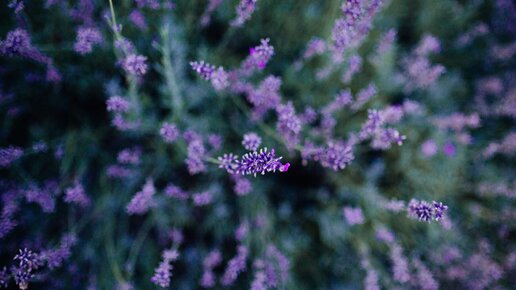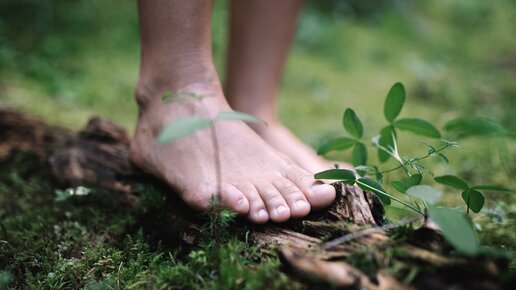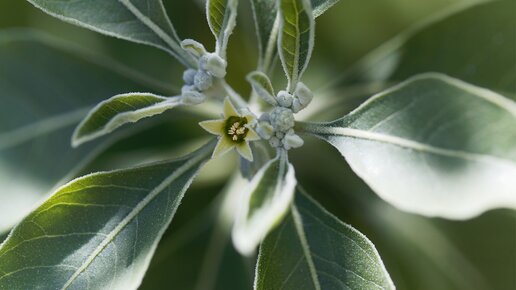In the words of Scandinavian naturalist Carl Linnaeus (1707-1778), “Nature reveals its greatest miracles in the smallest of things”. These wise words are as relevant today as they were then. The immeasurable wealth of nature is revealed each and every day in an impressive display of abundance. All we have to do is open our eyes to the priceless gifts of nature, just as our ancestors have done for thousands of years. People around the world have always explored and studied their natural environments in order to be able to use selected wild plants, such as herbs, berries, and mushrooms, specifically for their own purposes. We too are fascinated by the repertoire offered by Mother Nature and would like to introduce you to our “11 natural born heroes”.
Berries: vitamin C bombs
Amla:
The amla berry – known as the “fruit of beauty” in Ayurveda – packs a natural and powerful dose of vitamin C. This water-soluble vitamin contributes to healthy collagen production and supports the proper functioning of our teeth, bones, cartilage, skin, and gums. Vitamin C also plays a vital role in energy metabolism, supports our immune system, and helps protect our cells from oxidative stress.
Rowan berry:
The rowan tree, also known as the mountain ash, is an important food source – not just for birds. Our ancestors realized very early on that the red berries can be beneficial to humans as well. Rowan berries are not easily digestible when raw, but these slightly bitter fruits can be boiled or consumed after the first frost and turned into juice, jam, or jelly to provide us with vitamin C, tannins, and pro-vitamin A (beta-carotene).
Elderberry:
Originating in North America, the elder shrub with its black berries is now fully integrated into the Alpine landscape. The berries are traditionally used to make juice, tea, and other products. Elderberries contain a number of valuable ingredients, including vitamin C, fruit acids, essential oils, and flavonoids.
Mushrooms: Traditional sources of key phytonutrients
Cordyceps:
Essential amino acids, glycoproteins, and beta-glucans – the Chinese caterpillar fungus or Cordyceps sinensis contains a whole array of bioactive plant compounds. The cordyceps is a protected species and must therefore be specially cultivated for use as a dietary supplement. Special fermentation and standardization processes are used to produce top-quality cordyceps powder.
Coriolus:
The turkey tail mushroom or Coriolus versicolor has been held in high esteem in China for over two thousand years and is gaining ever more popularity in Europe today. This medicinal mushroom is notable for its wide array of valuable bioactive ingredients, such as protein-bound polysaccharides. The coriolus also contains an extensive range of vitamins, minerals, and trace elements.
Hericium:
Commonly known as the “lion’s mane mushroom”, the hericium (Hericium erinaceus) is a highly nutritious edible mushroom and especially popular in Japan and China, where it is much sought after as a savory delicacy. This tasty mushroom contains more than 32 different natural flavorings agents. It tastes a little like lobster with overtones of citrus and coconut. Ground hericium is also used as a dietary supplement and contains valuable bioactive phytonutrients such as polysaccharides, polypeptides, essential amino acids, and minerals.
Reishi:
The reishi or Ganoderma lucidum is a medicinal mushroom known in China as “the mushroom of immortality”. As a symbol of happiness, it is also a popular image and can be found depicted in a number of drawings and on carpets. Advanced standardization methods enable the targeted use of reishi extract. In addition to a number of bioactive phytochemicals (e.g. beta-glucans), reishi also contains a wide range of micronutrients such as iron and vitamins B2 and B6.
Shiitake:
Shiitake or Lentinula edodes, the “king of mushrooms”, has been cultivated as a food source in many parts of East Asia for thousands of years. Shiitake has a garlicky smell and is very aromatic when dried. In addition to certain beta-glucans, shiitake also supplies us with zinc and potassium along with vitamins B2, B6, biotin, and niacin. High-quality cultivated mushrooms, carefully dried and specially processed, can be used as food supplements.
Algae: green suppliers of basic nutrients
Chlorella:
Algae were regularly consumed by our prehistoric ancestors and continue to supply people in Japan with minerals, proteins, unsaturated fatty acids, dietary fibers, and valuable phytonutrients to this day. What makes chlorella or Chlorella vulgaris, a genus of green freshwater algae, so special is that, unlike other plants, its chlorophyll is distributed throughout the entire cell. When it comes to chlorella supplements, one should always choose top-quality products. Optimum composition can only be guaranteed and contamination and pollution ruled out with algae grown under ideal cultivation conditions.
Spirulina:
The greenish-blue spirulina (Spirulina platensis) is especially notable for its high-quality protein content and unsaturated fatty acids as well as other vitamins and trace elements. These microalgae also yield secondary phytonutrients such as beta-carotene, which our bodies convert into vitamin A. Vitamin A supports normal iron metabolism and plays a part in maintaining healthy skin and vision. If you intend to use these microalgae as a dietary supplement, please make sure you choose quality-tested, ultra-pure products.
Seeds: Super grains packed with omega-3
Hemp:
Hemp is one of the oldest cultivated plants in the world and has been used in nearly every culture in a variety of different ways for thousands of years. Hemp oil is extracted from hemp seeds and has a very high nutritional value. It contains a broad spectrum of fatty acids, which make it a high-quality source of these essential nutrients. In addition to linoleic acid, it also contains alpha and gamma-linolenic acids, both of which are essential polyunsaturated fatty acids. It also features a 3:1 ratio of omega-6 to omega-3 fatty acids, which is ideal in terms of nutrition.










